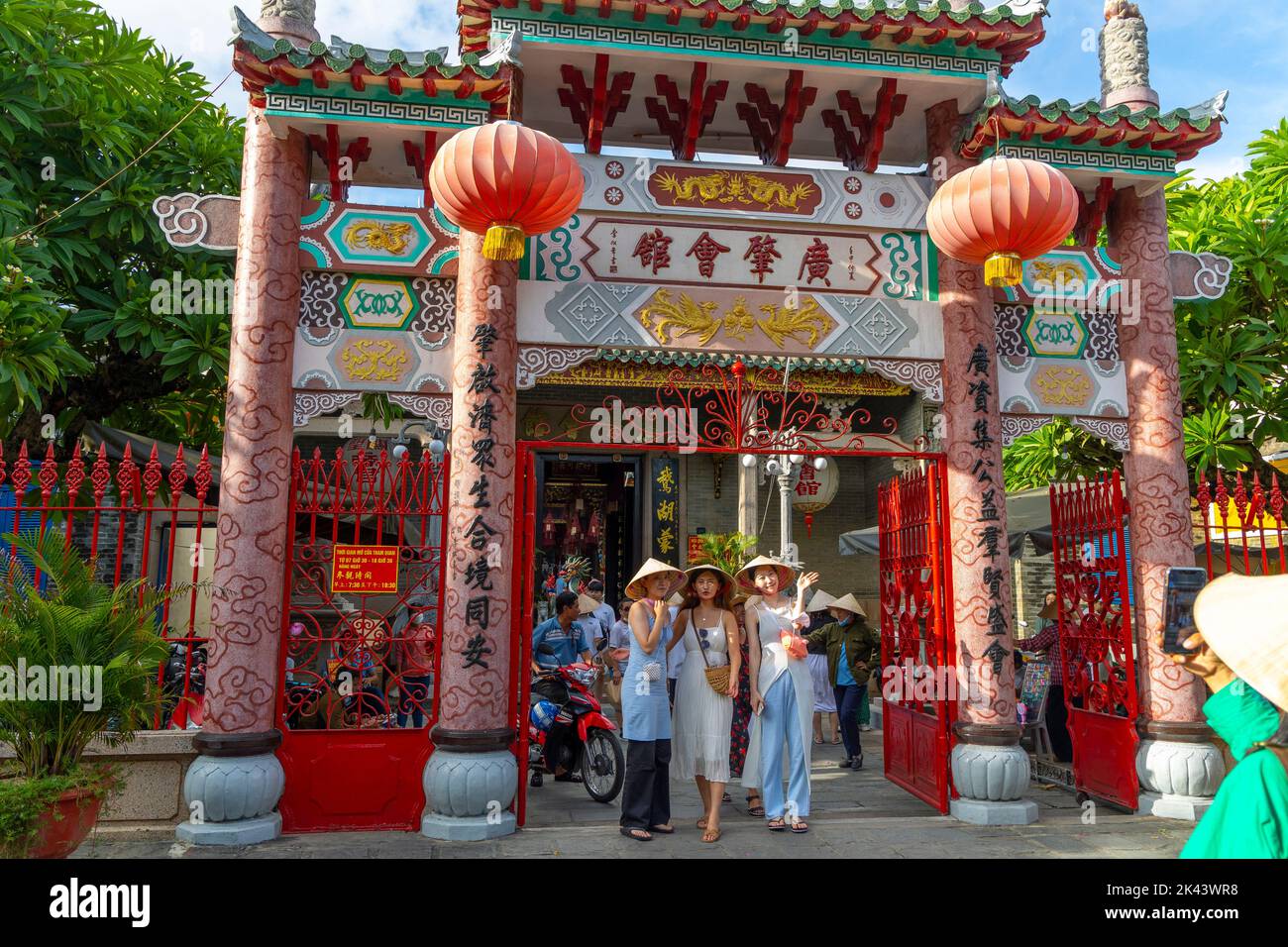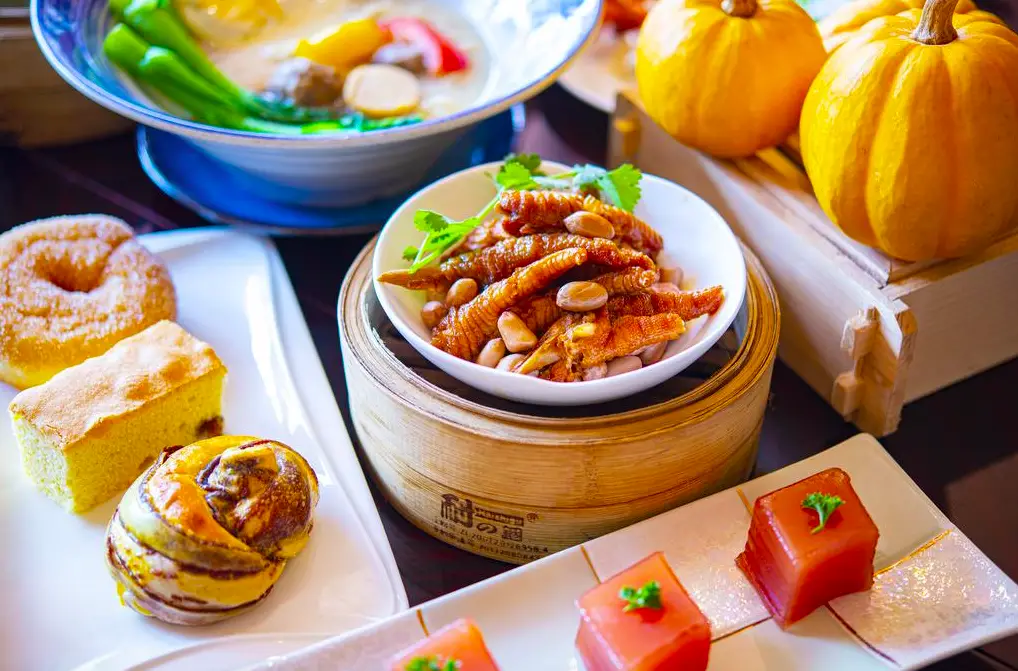Origins and Development
Cantonese has its roots in the languages originally spoken in southern China. For thousands of years, indigenous groups like the Baiyue tribes lived across Guangdong and Guangxi provinces. When Han Chinese settlers began migrating south over 2,000 years ago, they interacted and intermingled with these local populations. Out of these interactions developed early forms of Cantonese, blending the tongues of the new arrivals with the languages of the native peoples. Protected by mountainous terrain, Cantonese culture and language evolved independently from the northern dialects. While Mandarin was standardized under imperial rule, Cantonese remained closer to the Middle Chinese spoken during the Tang and Song dynasties. This connection gives Cantonese a distinct poetic flavor and linkage to classical Chinese literature. Regional division also meant Cantonese faced less dilution from invading groups like the Khitan and Jurchen peoples.
Hong Kong and Overseas Communities
In more recent history, Hong Kong played a major role in spreading Cantonese globally. When the British established colonial control in the mid-19th century, Hong Kong boomed as a center of trade between China and Western nations. Mass emigration from Guangdong province built Hong Kong’s population, with Cantonese emerging as the dominant language. Though political changes have altered Hong Kong’s status, its people and diaspora remain proudly Cantonese-speaking communities.

Distinct Dialects
While sharing origins in China’s south, local variations have developed unique Cantonese dialects. For example, Yue dialects from Guangdong’s mountainous north show influence from Zhuang languages. The Zhuang are China’s largest ethnic minority, with their own distinct tongue originally related to Thai. Exposure to Zhuang introduced new elements to northern Cantonese variations like those of Yulin city. Meanwhile, coastal regions absorbed vocabulary from English and Mandarin through trade and integration.
A Rich Oral Tradition
Storytelling, opera, opera, and folk songs form the foundation of Cantonese cultural expression. Complex tonal languages like Cantonese are beautifully suited for performances blending speech, singing, and artistic movement. Regional styles like Beijing opera find little resonance among Cantonese audiences instead preferring their own vibrant theatrical arts.
Operas and Storytelling
The best known Cantonese opera style is Cantonese opera, with roots tracing back hundreds of years. Performances integrate music, singing, martial arts routines, and theatrical drama to narrate stories from history, folklore or contemporary life. Complex makeup, costuming and symbolic prop use bring operas’ visuals to life. Likewise, public storytellers known as narrative singers traditionally entertained in temples or public squares by vividly narrating classic tales and myths.
Folk Music Tradition
Cantopop emerged as the dominant modern pop genre among Cantonese communities worldwide. Blending Western pop styles with local music, the movement took off in the 1960s with artists like Sam Hui pioneering a new sound. Lyrically, Cantopop draws on classical Chinese aesthetics, with poetry-like verses setting it apart from Mandarin pop. Regional folk songs also endure, usually accompanied by string instruments and focusing on daily rural life, history or morality lessons.
Influence of Cuisine
Food culture represents another domain where Cantonese traditions thrive. Iconic dishes like dim sum dumplings together with diverse seafood preparations distinguish Guangdong province as the epicenter of Chinese cuisine. Cookbooks trace Cantonese cooking styles back over 1,000 years, incorporating an astounding variety of ingredients in unique preparations. Community kitchens called dai pai dongs originated in Hong Kong, popularizing street foods across Asia and inspiring global hawker center cultures.
Dim Sum Culture
At the heart of Cantonese food traditions lies dim sum. Originally devised as light morning or afternoon meals, dim sum now brings people together for vibrant socializing. From steamed buns and shrimp dumplings to barbecued pork buns, varied dim sum creations artfully package flavorful fillings. Tea rounds out the experience, heightening both flavor and refreshment. Hong Kong’s famous Yum Cha ritual epitomizes dim sum’s pleasures as a focal point of local lifestyle and culture.
Literary Culture
In addition to oral storytelling traditions, Cantonese literary arts have long thrived. Living through periods of great turmoil including war and political upheaval, scholars and poets turned to writing as an escape. Calligraphic works contemplated natural and philosophical themes through intricate strokes. Meanwhile, vernacular fiction proliferated to entertain the masses with accessible tales.
Cantonese Poetry
Formal Cantonese poetry follows conventions established through classical Chinese models. Rhyme, rhythm, and vibrant imagery characterize highly structured works that flourished locally. Notable forms include Cantonese song lyrics which distinguish themselves through dense packing of meaning and allusion within constrained line lengths. Modern iterations also blossomed to express social commentary and changing modern values.
Gongfu Fiction
Epic gongfu fiction serialized novels like The Legend of the Condor Heroes captured public enthusiasm. Focusing on warring martial arts schools and chivalrous heroes, these page-turners seamlessly blended action, romance and moral philosophy. Print runs in the tens of millions attested to their popularity as prescient works of “modern” entertainment during the late imperial period. Their legacies endure through films, television and video games.
Cultural Revival and Pride
Repression of regional minority languages historically accompanied nation-building campaigns in China. However, Cantonese faced less direct marginalization compared to others. Revival movements have still arisen to celebrate its rich heritage and advocate for its preservation. Guangdong province leads initiatives promoting vernacular education and cultural programs celebrating Cantonese traditions. Meanwhile, pop culture globalization spreads awareness of Cantonese cultural achievements far beyond its traditional homelands.
Young Activism
Youth organizations mobilize to combat assumptions labeling Cantonese an uneducated dialect. They highlight its linguistic complexity and long history as an independent language deserving of respect. Petition campaigns lobby for increased Cantonese programming and signage in public spaces. International alliances connect activism across borders to assert the rights of all to proudly practice their mother tongues. A new generation embraces their heritage carrying it forward into an inclusive multilingual future.
Though constantly changing, at its heart Cantonese reflects deeply-rooted traditions adapted to modern life. Regional diversity only enhances cultural vibrancy through creative interplay. Food, performance, literature and language remain lively vehicles for expressing shared histories and values treasured by globalized communities of every generation.

 Exploring the Cultural Landscape and Delicious Food in Guangzhou
Exploring the Cultural Landscape and Delicious Food in Guangzhou